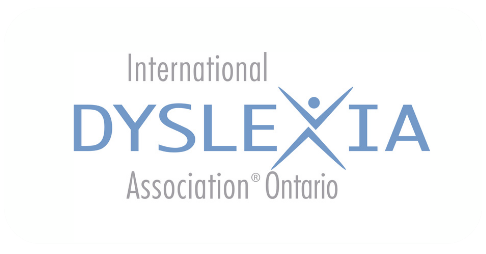In the context of assessing a student’s reading ability, fluency refers to the ability to read text smoothly, accurately, and with appropriate speed and expression. Fluency is a key component of reading screening measures, as it often indicates how well a student can comprehend and engage with reading material at their grade level.
In other skills, fluency generally refers to the ability to perform a task quickly, accurately, and with ease, indicating a high level of proficiency and automaticity. For example:
- In math, fluency might refer to a student’s speed and accuracy in solving basic operations like addition, subtraction, multiplication, or division, demonstrating they can perform these tasks without hesitation.
- In oral language skills, fluency can indicate how naturally and easily a student can express themselves verbally, understanding and using vocabulary, grammar, and sentence structure without frequent pauses or errors.
Fluency measures and Early Reading Screening
Fluency measures for early readers often look at how quickly and correctly they can name letters, recognize letter sounds, or read simple words, and these measures provide a sense of how smoothly they are progressing. When fluency is strong, it means children can focus less on figuring out each individual word and more on the overall meaning of the text, building a solid foundation for comprehension as they grow.
Think of early literacy fluency like learning a new sport, such as soccer. At first, a beginner has to think about every small action—how to dribble, pass, and shoot. Each move takes a lot of focus and effort. But as they practice, they become faster and more coordinated, eventually handling the ball smoothly without much thought.
In early literacy, fluency works the same way. When children first start reading, they need to focus on every letter and sound, slowly piecing together each word. Fluency measures help us see how smoothly and easily they can recognize these letters and sounds, similar to how we’d check a soccer player’s ease with the ball. When kids become fluent, reading flows naturally, allowing them to pay more attention to the meaning of the words—just like a skilled soccer player can focus on the game, not just on handling the ball.
Fluency measures help educators assess how well a student has internalized foundational skills, which enables them to use those skills effectively in more complex learning situations.
The Science of Reading and Fluency
One well-known cognitive scientist who has contributed extensively to the study of fluency is Timothy A. Rasinski. Rasinski is a prominent researcher in the field of literacy and reading education, particularly focused on reading fluency as a critical component of comprehension. His work has emphasized the role of fluency in helping students process text effortlessly, which allows for greater attention to meaning.
Another influential reference is Keith Stanovich, whose work in cognitive science and reading development, especially in his book Progress in Understanding Reading (2000), discusses how fluent word recognition supports reading comprehension by reducing the cognitive load on working memory, allowing more resources to be allocated to understanding the text.
Dr. Jan Hasbrouck is highly regarded in the field of literacy, particularly for her work on reading fluency and assessments. She is well known for her collaboration with Gerald Tindal in developing the Hasbrouck-Tindal Oral Reading Fluency Norms. These norms are widely used as benchmarks to assess students’ reading fluency, specifically targeting rate and accuracy as critical indicators of reading proficiency. The norms are used to measure how well students are progressing in their ability to read smoothly and with ease, which in turn supports comprehension.
These researchers provide valuable insights into fluency as it applies across different academic skills, grounding fluency in the cognitive processing and automaticity necessary for complex learning.




